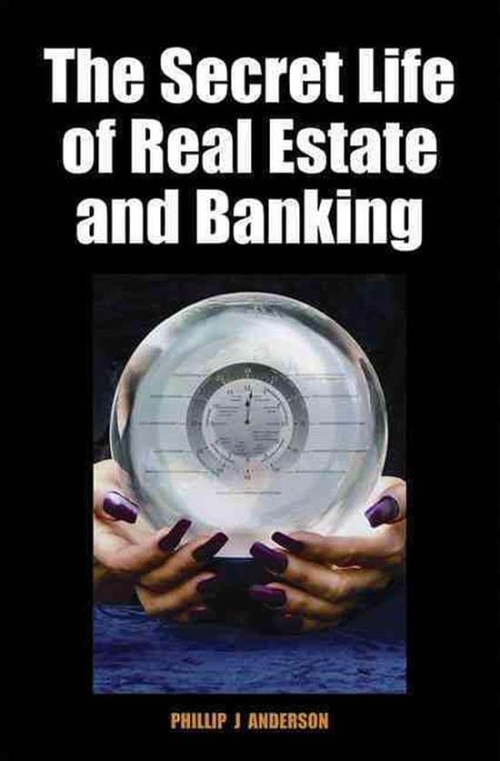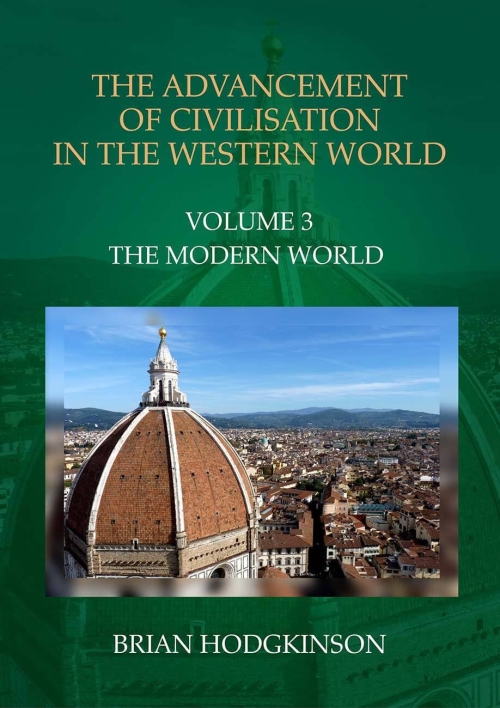Description
Economists today employ ‘flat-earth’ models, which are totally unrealistic. They ignore the huge influence of spatial location, which gives rise to economic, or Ricardian, rent. This has expanded proportionately to the continuous growth of most economies, and profoundly affects how they operate. A New Model of the Economy incorporates into both micro- and macroeconomic analysis this basic and universal feature, thereby bringing economic theory into much closer touch with reality. Such phenomena as shortcomings of public finance, gross disparities of wealth and income, regional problems, the recent difficulties of sub-prime mortgages and much else become explicable with reference to the introduction of rent into the analysis.
This book offers a radical revision of modern economic theory. Its starting point is the existing body of both micro and macroeconomics, as developed in such textbooks as Economics by Begg, Fischer and Dornbusch and Positive Economics by Lipsey and Chrystal. Following a similar framework to these books, it adjusts the whole range of theory by introducing some new concepts and other earlier ones that have been much neglected in the economic thought of the past century. These are related especially to the fundamental part played by land, in it proper sense of all natural resources available on the earth, the significance of credit, especially through the banking system, and the crucial impact of the method of taxation.
The resulting analysis yields a thoroughly revised version of the contemporary model of a capitalist economy, so that a genuine ‘third way’ is revealed. This is not a mere modification of the present system of absentee ownership confronting a market for labour, with all the attendant evils of unemployment, monopoly and maldistribution of wealth and income. Rather it is a system based upon natural law, exhibiting economic security for all, fair distribution of output and, above all, the opportunity for self-fulfilment through work.
The ‘new model’ draws upon the masters of economic thought from Smith and Ricardo to Marshall, Schumpeter and Keynes, by highlighting concepts often omitted from current studies of their works; such as Ricardo’s analysis of scarcity and differential elements of rent, Schumpeter’s view of the role of banking and Keynes’s hints at a labour theory of value. Indeed this far-reaching revision makes bold advances upon the Marshallian economic theory of the firm and the Keynesian theory of national income determination, thus providing new insights into both micro and macroeconomic theory. It remains faithful, however to the tradition of these latter thinkers in explaining matters fully in words, and resorting to mathematics mainly through the use of diagrams intelligible to anyone with an elementary grasp of the subject.
Whilst the book strives to avoid value judgements in the interests of social science, it undoubtedly carries strong implications about economic policy. These are bound up with the central notions of free land and free credit, which have been singularly ignored by policy-makers since a few valiant attempts to introduce them in the early twentieth century. Hence the ‘new model’ is offered to both theorists and practitioners of economics, to politicians and public servants, but particularly to those who, like the author, truly seek a new vision of the subject.
______________________________________________
Author
Brian Hodgkinson, after qualifying as a chartered accountant in the City of London, won a scholarship to Balliol College, Oxford where he took a first in Philosophy, Politics and Economics and won the university George Webb Medley Prize in economics. After five years lecturing in the Social Studies School at Sussex University, he became the Head of Economics at Dulwich College and then at St James Schools in London. As the founder editor of the journal British Economics Survey, he kept in touch with applied economics and questions of public policy. At the same time his studies at the School of Economic Science in London introduced him to a radically different approach, which after many years of research, has borne fruit in A New Model of the Economy.
You can read more about Brian Hodgkinson on his author page.
______________________________________________
Reviews
“Presents a new model of economic theory that takes into account the idea of spatial location.”
Journal of Economic Literature
“This book presents as rational and as clear a theory of economic prosperity for the whole of society as I’ve ever seen. You cannot help but agree with its conclusions, since they are not only based on a sound and logical framework, but are also explained with a healthy dose of common sense.”
Martin Adams, Progress
“The author claims that economists … ignore the huge influence of spatial location, which gives rise to economic, or Ricardian, rent … The book incorporates into both micro and macroeconomic analysis this basic and universal feature, thereby bringing economic theory into much closer touch with reality … At the same time, related topics of money, credit and interest are subjected to searching questions such as, ‘How do banks create money?’ and ‘Why is there an interest rate at all?’ The answers point to a way out of the current confusion over the proper role of the banking system. Finally, taxation is examined, with a view to how present day taxes inhibit the economy by their damaging impact on the margin of production, defined with reference to land. This leads to a conclusion which draws together the various elements of the ‘new model’ and which has serious implications for any economist or politician hoping to remedy ominous symptoms of disaster … In short, the book offers a model for fundamental reform.”
Abstracts of Public Administration, Development, and Environment
“This is a major new work of great potential importance. It is not a book which seeks to persuade, although it is persuasive: it is a book which seeks to explain, in a clear and systematic manner, that which modern economic science orthodoxy has been unable to explain in a manner that is addressed to those who need to understand. Hodgkinson describes economic science in the fullness of its reality, and in all its dimensions including the hitherto improperly recognise dimension – land. If epiphanies can come from text books, unsuspecting readers might expect one here.”
Land & Liberty
“I judge this to be a very important book. Hodgkinson’s New Model of the Economy is much more relevant to the present state of real-world economies than the models offered by most economic textbooks. The immediate importance of this book is that, with professional economists’ conceptual outlook and language, it corrects serious failings in conventional economic analysis. On that account, I applaud his book and recommend it unreservedly to readers with a serious interest in the subject.”
James Robertson, Working for a Sane Alternative
“Brian Hodgkinson deftly pulls together many strands of alternative thought and presents them in a format which no economist can easily dismiss. He begins by distinguishing between the kind of economic freedom that would give all citizens fair access to the means to a meaningful and productive role in society, and the current sham freedom to accumulate immense personal wealth, which can only ever be by enjoyed by a small minority. He explores the notion that while land should remain under private ownership, the rent it earns should become public revenue. This is a remarkable book.”
Mark Braund, guardian.co.uk.






